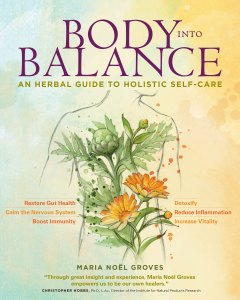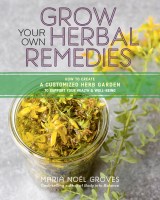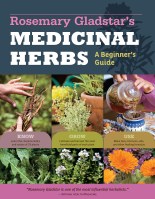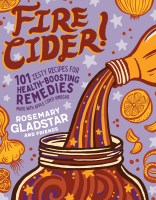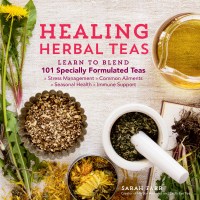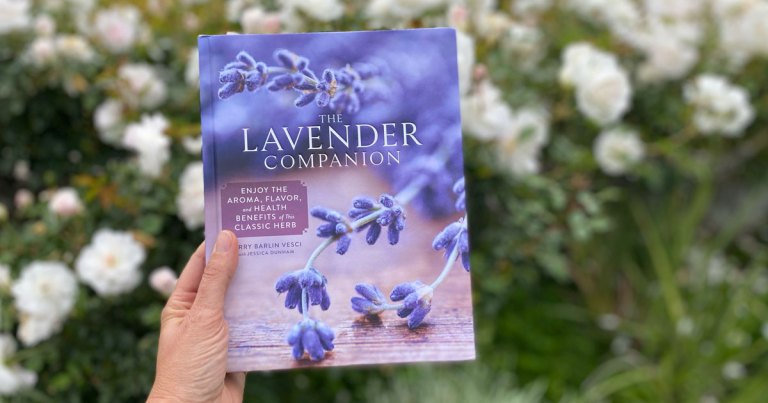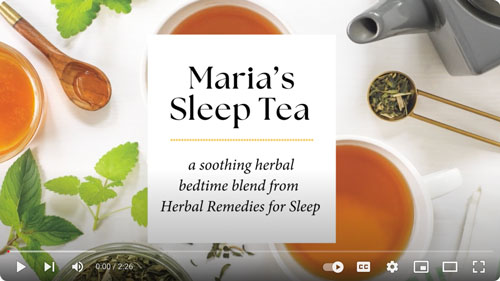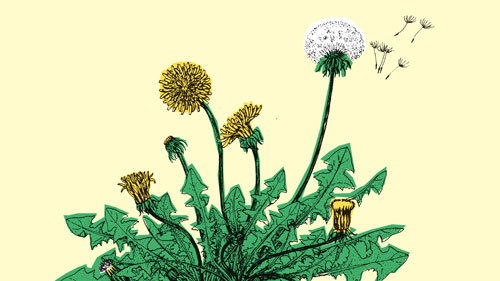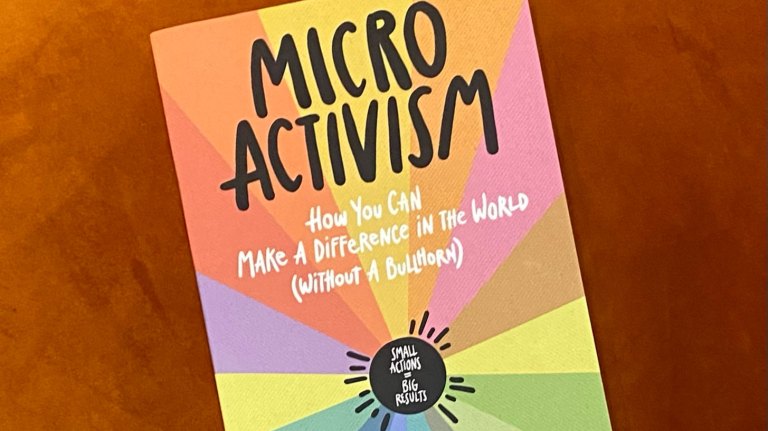Herbs for Balancing Blood Sugar
Blueberries are known for being rich in antioxidants, but they also pack a powerful punch when it comes to keeping blood sugar in check.
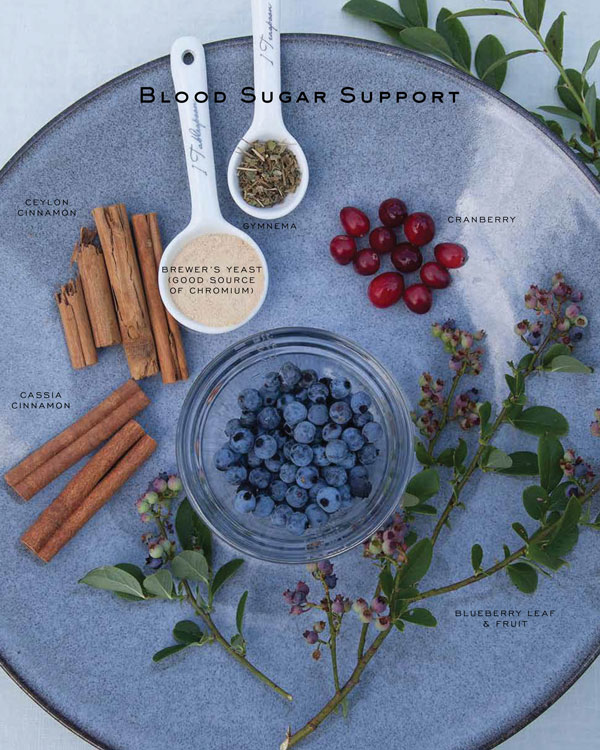
Blood sugar balance has a profound effect on your overall health — including your cardiovascular system, mood, brain function, immune health, body weight, cancer risk, and, of course, diabetes risk. The most significant forces that influence blood sugar levels are what you eat and how you move. In ancient times, you wouldn’t have had to pay much attention to such trivialities because humans generally ate smaller portions of whole foods and moved their bodies constantly in order to work and survive. Technological advancements have made life easier and food tastier — to the detriment of our health, unfortunately. While certain people are more susceptible to the ill effects of sugar excess (and movement deficiency), the modern lifestyle isn’t good for any of us.
Addressing the Epidemic
Imbalances of blood sugar, insulin, and metabolism set you on a dangerous road to travel. It becomes impossible for your body to function optimally, and your risk of premature death increases dramatically. Unfortunately, most of America has already begun the journey. According to the American Diabetes Association, an estimated 50 percent of adults and 75 percent of seniors have diabetes or prediabetes. The incidence in children has risen alarmingly as well. The earlier you can catch and address blood sugar issues, the better off you’ll be. Even if you and your family don’t experience overt blood sugar issues, integrating diet, lifestyle, and tonic sugar-balancing herbs can help keep you healthy. And if you or a loved one have already developed type 2 diabetes, take comfort in knowing that it’s always possible to work your way back to better health and vitality.
What is a Hypoglycemic Herb?
A hypoglycemic herb, remedy, or food is one that decreases blood sugar levels, ideally bringing high blood sugar into a healthy range. Different remedies work in various ways: improving cells’ insulin sensitivity, improving insulin output, decreasing the glycemic effect of food, improving the function of the beta cells that make insulin, altering the way your body absorbs, stores, and releases sugar, et cetera.
These remedies are generally taken with meals to help prevent blood sugar spikes and crashes, thus keeping blood sugar in an overall healthier range. This can benefit both types of diabetes, insulin resistance, obesity, and high cholesterol in particular. Most remedies also offer antioxidant and anti-inflammatory properties, which indirectly improve blood sugar levels while also lessening the collateral damage of chronic hyperglycemia (high blood sugar).
Blueberry Benefits
(Vaccinium spp) is a whole-package plant for diabetes — it’s amazing how many ways both the berries and the leaves balance blood sugar and reduce the side effects of diabetes. For the most specific hypoglycemic effect, drink the leaf tea. Folk herbalists have long used blueberry leaf tea to lower blood sugar and fight urinary tract infections (compared to its relatives, it’s a tad stronger than blueberry and cranberry fruits and gentler than uva ursi leaves). New preliminary studies on Vaccinium spp. leaves support their ability to lower cholesterol and blood sugar, protect your body from sugar-related damage, and possibly even act like insulin and help regenerate damaged beta cells. They can be used, carefully, in cases of type 1 and type 2 diabetes as well as insulin resistance.
Additional Benefits: The low-glycemic berries can be enjoyed fresh, frozen, juiced, or as a supplement on a daily basis. Though they lower and modulate blood sugar (a little), they particularly excel at supporting the other areas of the body negatively affected by diabetes and blood sugar imbalance. They’re loaded with antioxidants and deep blue-purple pigments that strengthen capillaries and blood vessels, discourage urinary tract infections, enhance circulation, improve beta cell proliferation, fight oxidative damage, and improve eye health, cardiovascular well-being, and brain function. Most research revolves around the European bilberry (V. myrtillus); however, our local blueberries offer similar benefits.
Preparation: Eat the berries (wild and frozen are most potent) or make tea with the leaves from wild or minimally cultivated plants. Dried leaves can be harder to find in commerce. Standard herb doses (1 teaspoon–1 tablespoon dried herb per 8 ounces water, 1–3 times per day; 1 large handful fresh herb per 8 ounces water, 1–3 times per day) apply for the leaf tea; start on the low side to gauge your personal response. Eat one or two large bags of frozen blueberries weekly, or ½ cup daily.
Cautions and Considerations: The berries are incredibly safe and can be enjoyed as food. The leaves generally are safe; however, they contain tannins that may irritate the kidneys if used in high doses or long-term. Younger leaves boast fewer tannins; however, studies suggest that late-summer leaves may have a more profound anti-diabetes effect. When harvesting leaves, nibble a few first: leaves with a blueberry tang make better medicine, and the level of bitterness and astringency indicates tannin content.
Similar Herbs: The fruit of cranberry, a close relative, shares many of the same benefits.
IMPORTANT NOTE:
As with any herbal therapies, these hypoglycemic remedies should be introduced into your routine slowly, to gauge your body’s response. While these remedies lower blood sugar, which is generally good, they may cause hypoglycemia (too low blood sugar), which can be dangerous and even deadly. Take these remedies with meals, not on an empty stomach (when your blood sugar is already likely to be low). If you have diabetes, take medications, or are pregnant, work with your health-care practitioner to determine how best to incorporate these herbs into your routine.
Blueberry-Vanilla Tea
Enjoy this tasty tea after meals or alongside a healthy dessert. If you don’t have vanilla-infused rooibos, you can use plain rooibos plus one-quarter of a vanilla bean or a squirt of vanilla extract. It’s also delicious iced, and it tastes mildly sweet even though it contains no sugar or honey.
Ingredients
- 1 teaspoon blueberry leaf
- 1 teaspoon dried blueberries
- 1 teaspoon vanilla-infused rooibos
- ½ teaspoon hibiscus
- Shake of powdered cinnamon
- Pinch of stevia
Directions
Combine the herbs. Pour 2 cups boiling water over the herbs and let steep, covered, for 15 minutes.
Strain and enjoy.
Text and recipe excerpted from Body Into Balance © 2016 by Maria Noël Groves. All rights reserved.
An antacid or an aspirin may soothe your pain, but it doesn’t cure the cause of your symptoms. Headaches, indigestion, fatigue, allergies, anxiety, eczema, high blood pressure, and other conditions are clues to a deeper imbalance in your body, and learning to read those clues is a key step in maintaining optimal health. Herbalist Maria Noël Groves shows you how to read your body’s signals and support your own wellness with herbal remedies and other natural treatments. You’ll learn how each of your major body systems — respiratory, digestive, immune, nervous, memory, reproductive, circulatory, and more — optimally functions, and you’ll discover how to use natural remedies to nourish and repair problem areas, restore lost vitality, support your body as a whole, and prevent future problems. Groves includes in-depth instructions, with step-by-step photographs, for making your own herbal remedies, as well as expert guidance on buying and effectively using commercial preparations.
